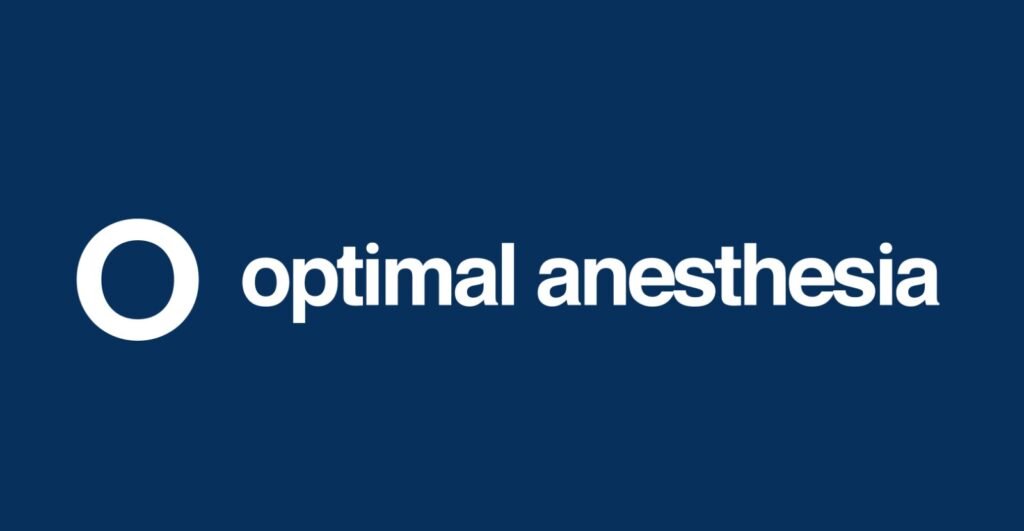Etomidate is a carboxylated imidazole-containing compound used for intravenous induction of anesthesia. It has unique properties and characteristics that make it a valuable option in certain clinical situations.
Commercial Preparations
Etomidate was originally formulated with 35% propylene glycol, causing pain during IV injection and occasional venous irritation. However, this formulation has been changed to a fat emulsion, which has significantly reduced pain on injection and venous irritation. An oral formulation of etomidate for transmucosal delivery has also been developed, allowing for rapid systemic absorption.
Mechanism of Action
Etomidate is a selective modulator of GABAA receptors, unlike barbiturates. Its stereoselectivity is notable, with the R(+) isomer being approximately five times more potent than the S(-) isomer. Etomidate influences GABAA receptors through direct protein-protein binding, enhancing the affinity of GABA for these receptors. Importantly, etomidate does not significantly affect other ligand-gated ion channels in the brain at clinical concentrations.
Pharmacokinetics
| Property | Information |
|---|---|
| Volume of Distribution (Vd) | Indicates significant tissue uptake of etomidate. |
| Solubility | Water-soluble at acidic pH, lipid-soluble at physiological pH. |
| Peak Brain Concentration | Reached within one minute of intravenous administration. |
| Protein Binding | Approximately 76% bound to albumin in the plasma. |
| Metabolism | Rapid hydrolysis of the ethyl ester side chain to a water-soluble, inactive metabolite. |
| Elimination Half-life | Short, typically 2-5 hours, reflecting rapid clearance. |
Uses
Etomidate is used for intravenous anesthesia induction, particularly in patients with an unstable cardiovascular system. Its onset of unconsciousness is rapid, occurring within one arm-to-brain circulation time after a standard induction dose of 0.2 to 0.4 mg/kg IV. However, it can cause involuntary myoclonic movements, which can be attenuated with opioid premedication.
The main limitation of etomidate’s clinical use is its temporary suppression of adrenocortical function.
Effects on Organs
Central Nervous System (CNS)
| Effect | Information |
|---|---|
| Cerebral Blood Flow and CMRO2 | Reduced by 35-45%, making it useful in reducing elevated intracranial pressure. |
| EEG Pattern | Similar to thiopental but may increase excitatory spikes in patients with a history of seizures. |
| Myoclonus | Common, especially in the absence of premedication, but can be reduced with atropine or opioids. |
| Seizure Treatment | Etomidate has been used to treat status epilepticus. |
| Somatosensory Evoked Potentials (SSEPs) | May increase their amplitude. |
Cardiovascular System
| Effect | Information |
|---|---|
| Cardiovascular Stability | Minimal changes in heart rate, stroke volume, or cardiac output at standard induction doses. |
| Blood Pressure | Decreases in systemic vascular resistance can lead to a 15% drop in mean arterial blood pressure. |
| Myocardial Contractility | Depressant effects may be negligible at anesthetic concentrations. |
| Liver and Kidney Function Tests | Not impacted. |
| Intraocular Pressure | Reduced, similar to thiopental. |
| Intra-arterial Injection | No negative effects observed. |
Ventilation
| Effect | Information |
|---|---|
| Ventilatory Depression | Milder compared to barbiturates, but apnea can occur. |
| Respiratory Stimulation | May stimulate breathing independently of CO2 levels. |
| Respiratory Depression with Opioids | Increased frequency and severity during continuous infusion. |
Myoclonus
| Effect | Information |
|---|---|
| Occurrence | 50-80% of patients experience myoclonus, which can be dose-related. |
| EEG Activity | Excitatory movements may coincide with EEG changes. |
| Seizure Risk | Caution advised in patients with a seizure history. |
Suppression of Adrenocortical Hormones
| Effect | Information |
|---|---|
| Inhibition of Cortisol Production | Dose-dependent inhibition, mainly targeting 11 b-hydroxylase. |
| Allergic Reactions | Extremely low incidence following etomidate administration. |
Etomidate, with its unique properties and effects on various organ systems, remains a valuable option for anesthesia induction, especially in situations where cardiovascular stability is crucial.


